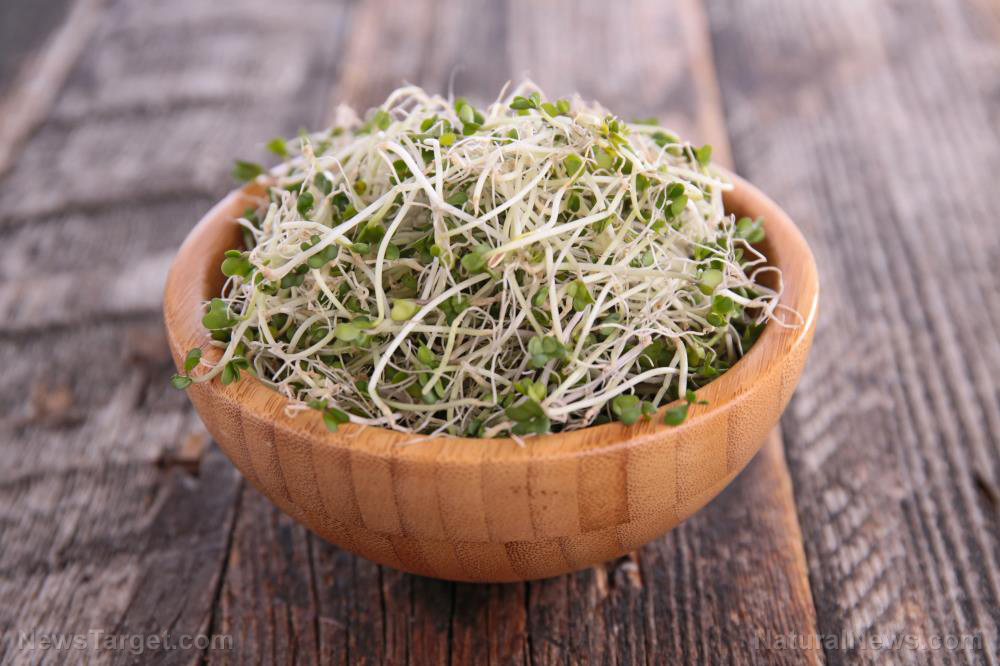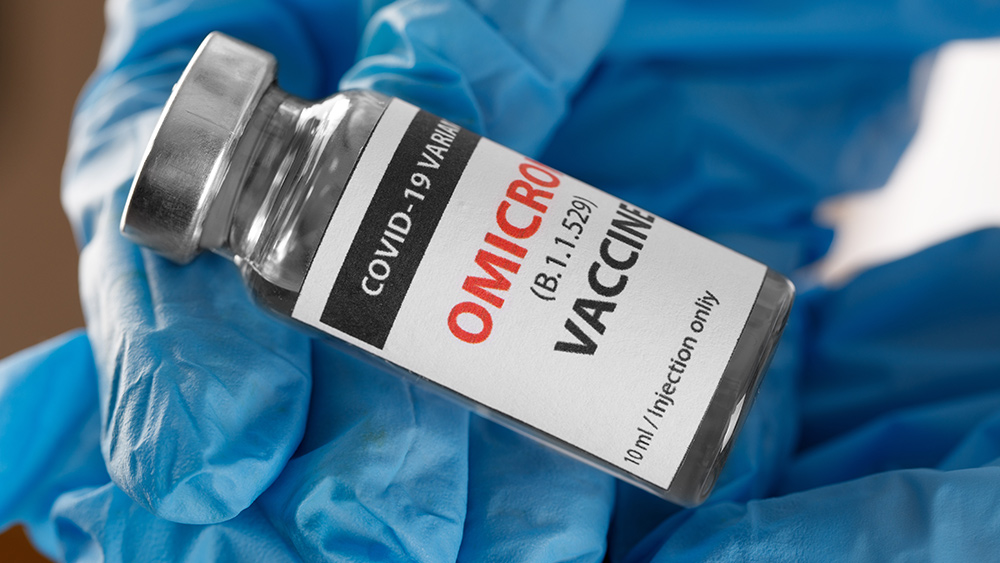Antibiotic contamination of U.S. food supply increasing as Big Pharma pushes more drugs for animals
02/29/2024 / By Ethan Huff

The threat of antibiotic resistance is increasing as the pharmaceutical industry continues to pump out new antibiotic drugs to replace old antibiotic drugs that no longer work.
Believe it or not, most antibiotics sold in the United States are administered to livestock used in the meat industry. And they are typically given to healthy animals for purposes other than treating sickness – this includes for prophylactic and growth promotion purposes.
As of 2020, upwards of 69 percent of the U.S. antibiotic supply is found in meat that people and other animals eat for sustenance. Since the drugs often persist in meat tissue, many people are thus consuming a steady dose of antibiotic drugs on a daily basis with every meal.
The vast majority of the country has no idea this is the case, assuming instead that their meat is “safe” since it bears approval from the U.S. Department of Agriculture (USDA), but this is not necessarily the case.
“When animals are given antibiotics, it causes unnatural growth by altering their gut microbiome,” warns Dr. Joseph Mercola. “In the process, some of those gut bacteria become antibiotic-resistant. Contaminated meat can then become a source of drug-resistant infections.”
(Related: More than a decade ago, we reported that the U.S. Food and Drug Administration [FDA] was allowing more than 30 million pounds of antibiotics to be given to American livestock every year.)
Natural antibiotics are better
Some may recall that in 2013 we published the above-linked article about the FDA’s antibiotic allowance in food that the same federal agency issued a guidance calling on farmers to begin phasing out the use of medically important antibiotics in livestock production. This aimed to stem the tide of antibiotic resistance, which is something the World Health Organization (WHO) likewise agreed was best in 2017 when it urged farmers to stop giving their healthy animals antibiotics just to make them grow more quickly.
Thanks to your generous support, we are building the infrastructure of human freedom and actively donating our technology to independent publishers, authors and home schooling organizations. Learn about our game-changing non-commercial AI project here. Support our ongoing efforts to preserve and enhance human knowledge by shopping at HealthRangerStore.com.
Also in 2017, the U.S. government tightened its rules for antibiotic use in healthy animals, followed by California becoming the first state one year later to outlaw the use of antibiotics in food-animal production, as well as outlaw the use of antibiotics in animals without a veterinarian’s prescription.
The after-effects of these policy changes appeared beneficial at first, resulting in a 42 percent decline in antibiotic use in America between 2015 and 2017. Then, between 2017 and 2022, antibiotic use spiked by 12 percent, with 4.3 percent of that rise occurring in 2022 alone.
The way Big Pharma is getting around the new restrictions is by creating new antibiotics that are slightly different than the older ones, which allows farmers to give their animals a larger variety of antibiotics in smaller individual amounts. Think of it like a loophole that the pharmaceutical industry is exploiting, as usual for profit.
Besides the antibiotic resistance problem, there are also the health problems associated with antibiotics, many of which bear a “black box” warning from the FDA for being extremely dangerous. The good news is that there are natural alternatives.
Dr. Mercola recommends the following “natural antimicrobials” which he says are safer and often more effective than the kind dispensed by your local pharmacy or veterinary clinic:
1) Garlic: effective against Salmonella, E. coli, Klebsiella, Clostridium and Vancomycin-resistant enterococcus
2) Ginger: effective against E. coli, S. Aureus, Streptococcus mutans, Candida albicans and Enterococcus faecalis
3) Echinacea: Effective against urinary tract infections (UTI), vaginal yeast (candida), ear infections (otitis media), athlete’s foot, sinusitis, hay fever (allergic rhinitis) and slow-healing wounds
4) Goldenseal: Effective against gram-positive bacteria, including MRSA
5) Myrrh oil: Effective against gingivitis, treatment-resistant trichomoniasis vaginalis (an STD) and Lyme disease
6) Thyme
7) Oregano oil: Effective against Streptococcus mutans (causes dental cavities) along with 11 0ther multidrug-resistant bacteria including MRSA, as well as their biofilms
8) Clove: Effective against gram-negative and gram-positive UTI-causing Proteus mirabilis, Staphylococcus epidermis, S. aureus and K. pneumoniae
9) Olive leaf: Effective against Klebsiella, Staphylococcus aureus, E. coli and Salmonella
10) Colloidal silver: Effective against multidrug-resistant gram-positive and gram-negative bacteria
In many ways, America’s food supply is among the most toxic and contaminated in the world. Find out more at FoodCollapse.com.
Sources for this article include:
Submit a correction >>
Tagged Under:
agriculture, animals, Antibiotics, Big Pharma, clean food watch, drug resistance, food collapse, Food Evolution, food science, food supply, frankenfood, health science, meat, pharmaceutical fraud, stop eating poison, toxic ingredients
This article may contain statements that reflect the opinion of the author




















